As the last part of our ocean engineering unit, second graders are tying in all that they have learned about mass, volume, density, sinking and floating into their last design challenge. They have also discovered that sometimes people are used in addition to submersibles to collect data.
Using a Barbie or Ken doll, second graders turned the doll into a scuba diver, making the doll sink and float. Using the engineering design process, teams of students changed their designs test after test. Sometimes students had to add rocks to give the Barbie/Ken more mass to sink. Sometimes they had to add more balloons and air through the plastic syringes to get him/her to float back up to the surface. Way to go second grade!!!
Using a Barbie or Ken doll, second graders turned the doll into a scuba diver, making the doll sink and float. Using the engineering design process, teams of students changed their designs test after test. Sometimes students had to add rocks to give the Barbie/Ken more mass to sink. Sometimes they had to add more balloons and air through the plastic syringes to get him/her to float back up to the surface. Way to go second grade!!!
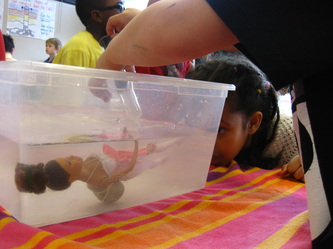
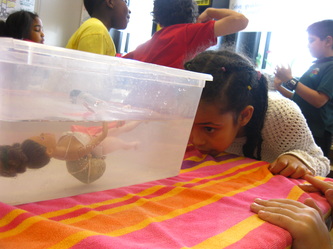
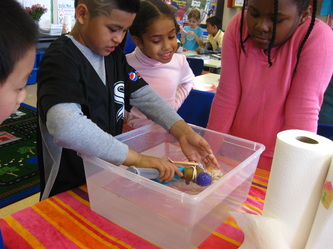
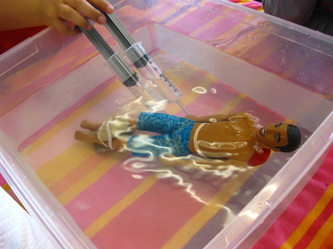
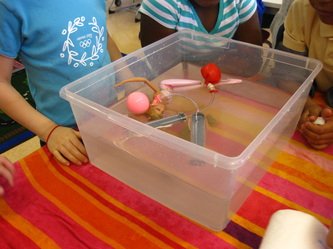
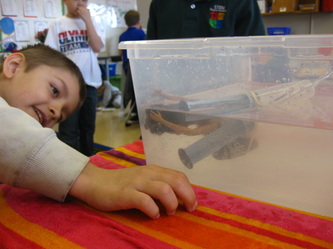
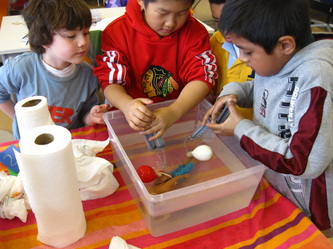
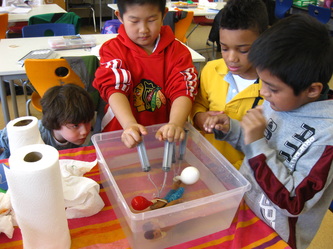
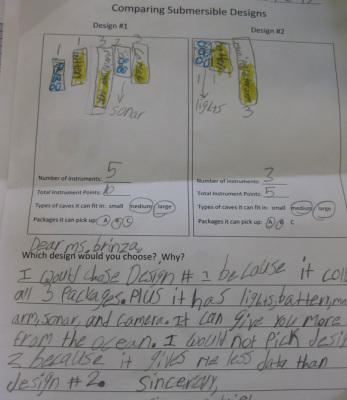
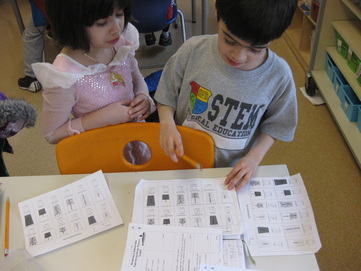
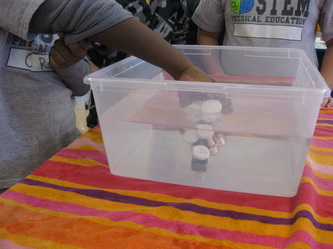
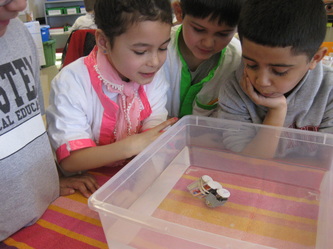
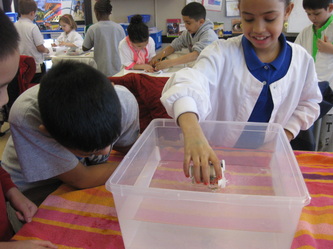
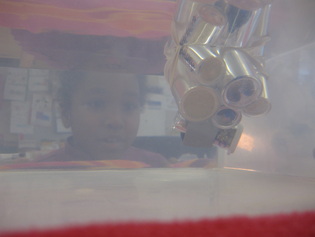
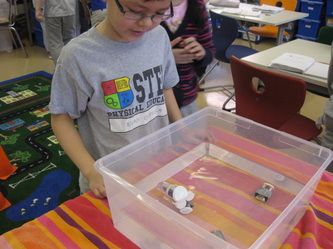
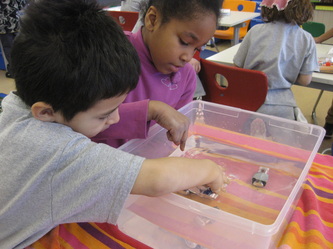
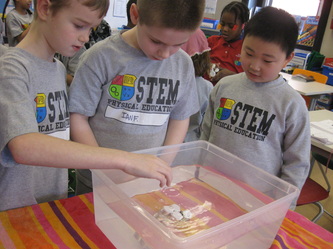
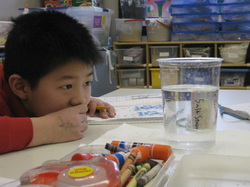
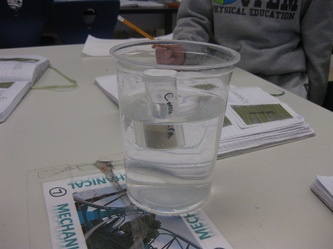
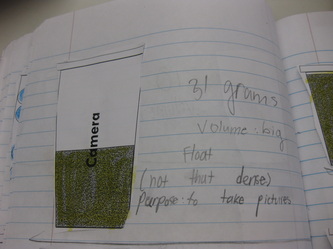
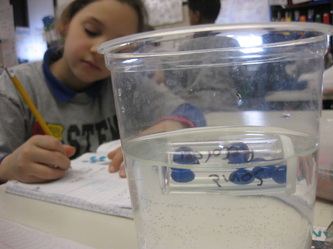
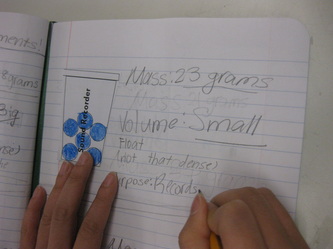
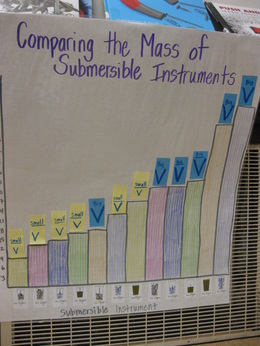
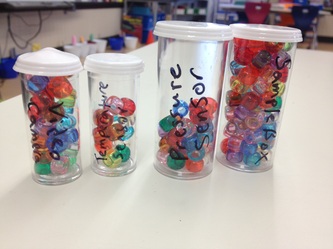
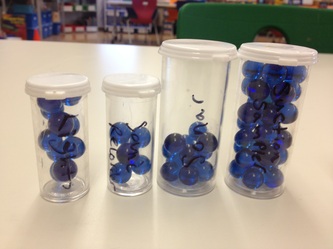
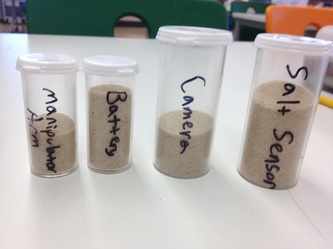
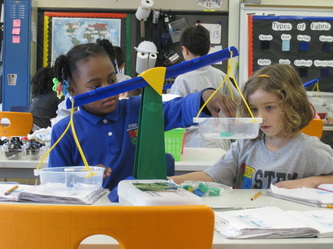
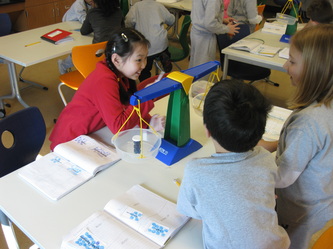
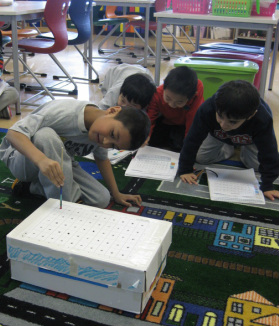
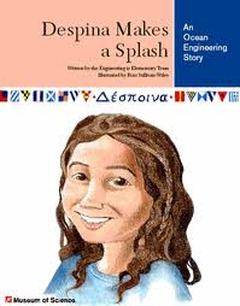
 RSS Feed
RSS Feed